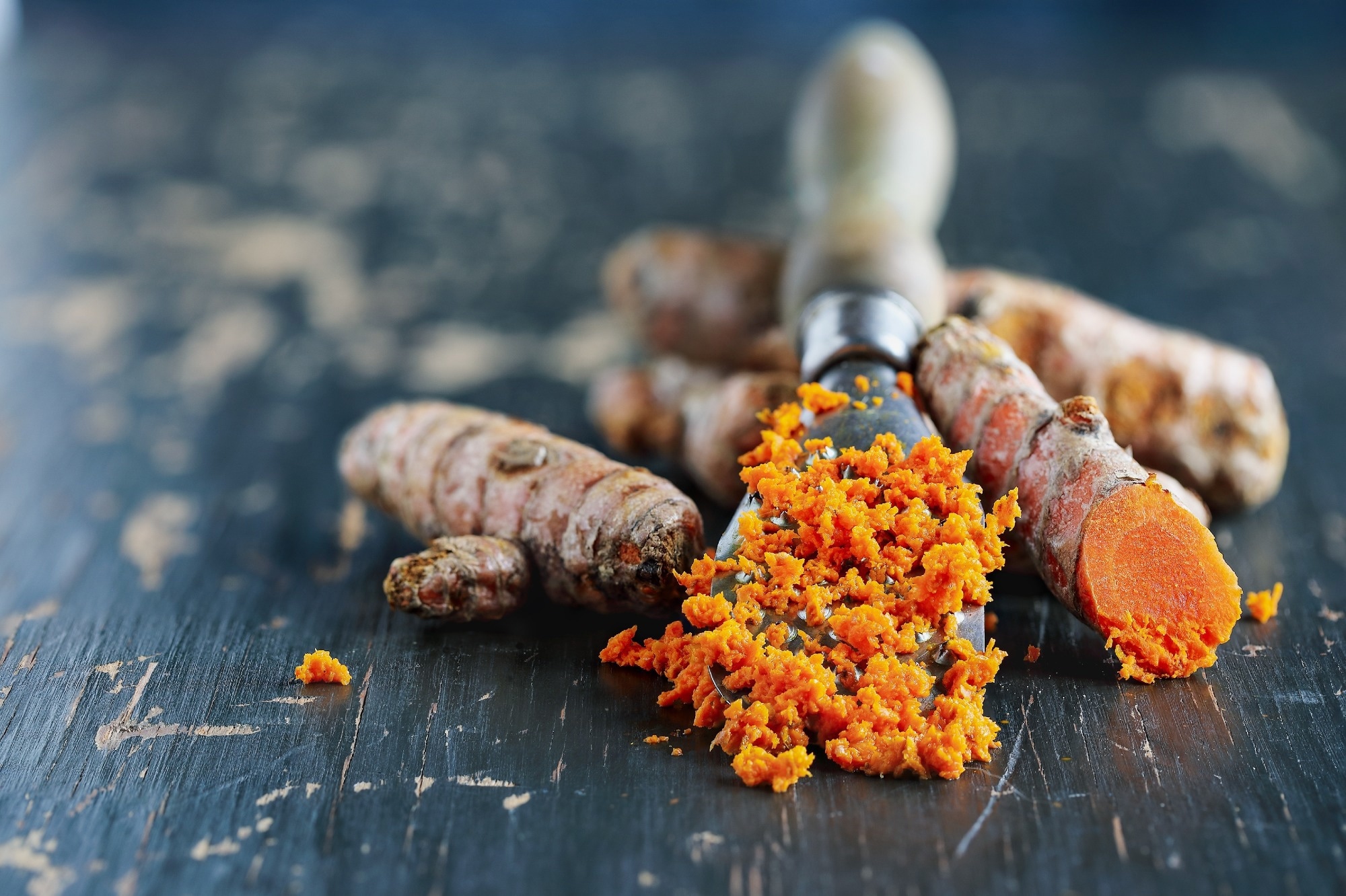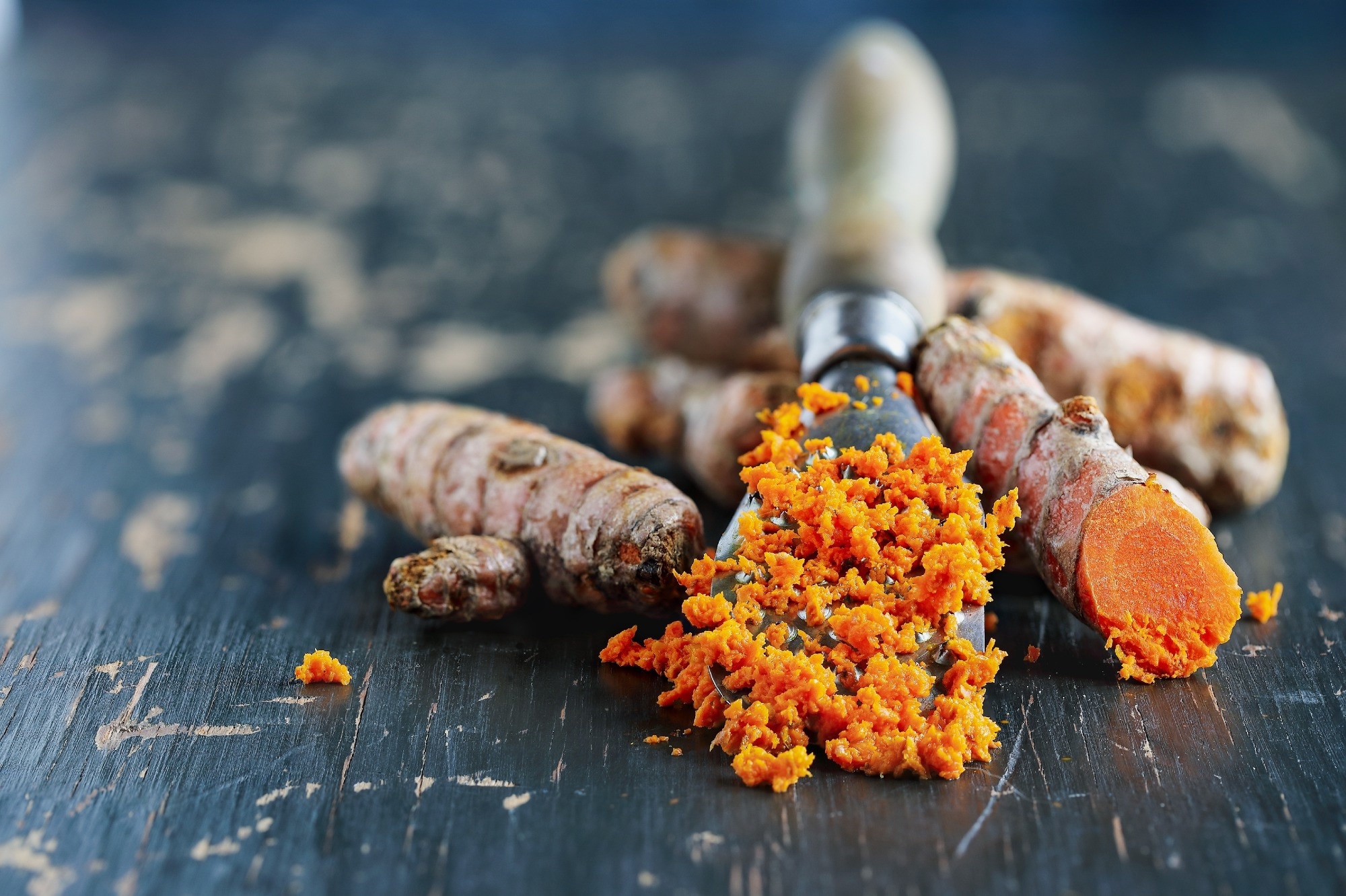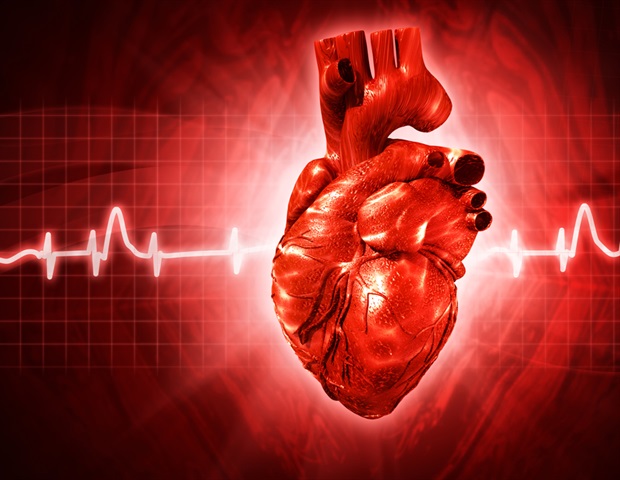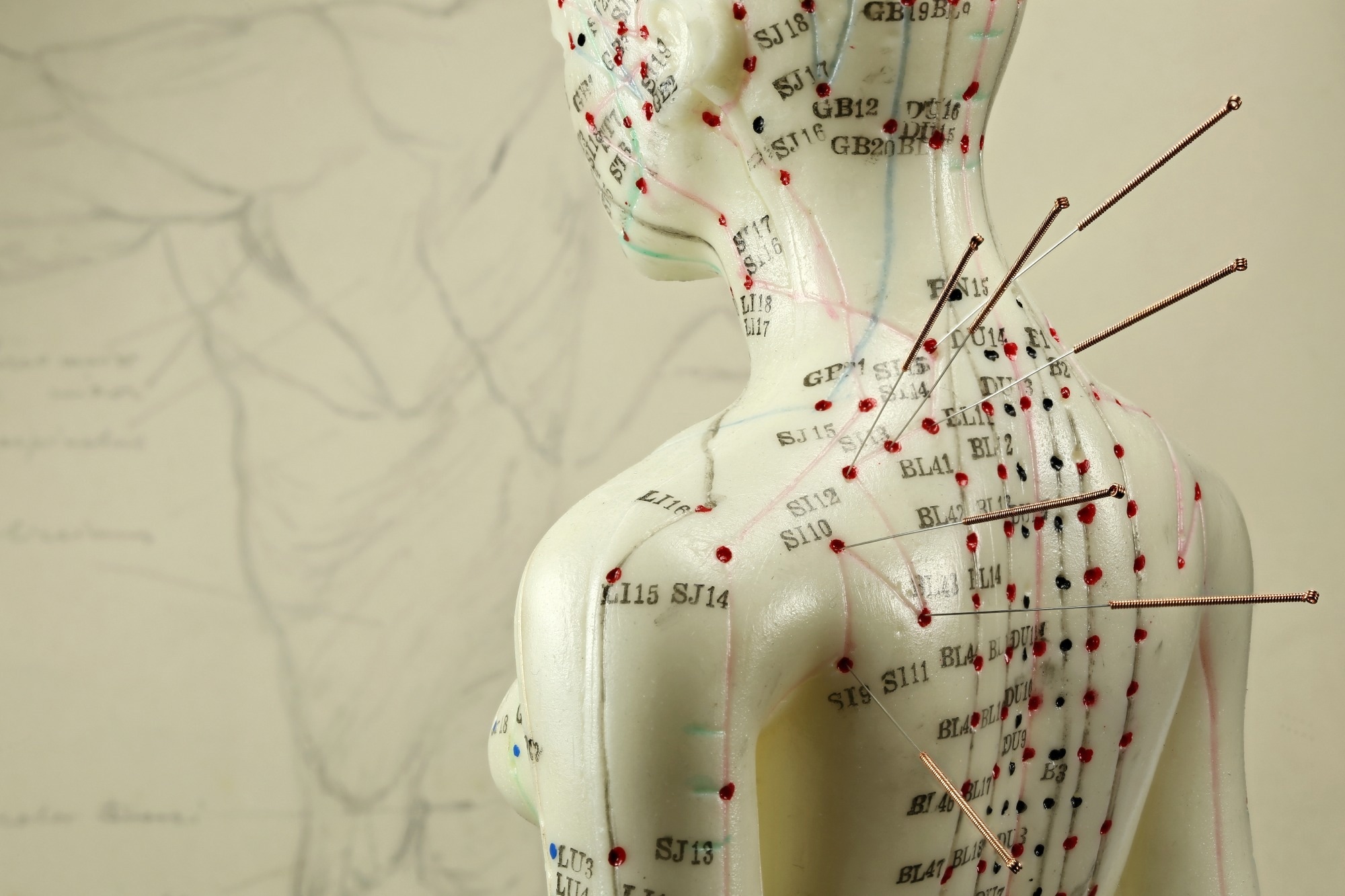In a recent study published in the journal Scientific Reports, researchers examined the use of curcumin as an adjuvant to improve the delivery of the antiretroviral elvitegravir across the blood-brain barrier and to reduce the inflammatory response and oxidative stress that constitutes the neuropathogenesis of human immunodeficiency virus (HIV) infection.
 Study: Curcumin enhances elvitegravir concentration and alleviates oxidative stress and inflammatory response. Image Credit: Stephanie Frey / Shutterstock
Study: Curcumin enhances elvitegravir concentration and alleviates oxidative stress and inflammatory response. Image Credit: Stephanie Frey / Shutterstock
Background
Although the use of antiretroviral therapy has significantly improved health outcomes for HIV patients and has been effective in controlling the replication of the virus, the neuronal complications that arise during HIV infections are yet to be addressed adequately. Viral reservoirs persisting in the central nervous system in the microglia and macrophages allow latent HIV to hide in the body and replicate, triggering the release of cytokines causing chronic inflammation and cellular damage. The cumulative effect of these factors contributes to HIV-associated neurocognitive disorder (HAND).
Irrespective of the immunological and virological indicators of HIV suppression due to antiretroviral therapy, the neuronal damage caused during HAND continues to increase. The inability of current antiretrovirals to penetrate the blood-brain barrier and suppress the replication of HIV within the central nervous system can be observed in the detection of viral ribonucleic acid (RNA) in the brains of HIV patients who have completely suppressed viral loads in the plasma. The inadequate penetration of antiretroviral drugs across the blood-brain barrier presents a significant challenge in the eradication of HIV reservoirs from the central nervous system.
About the study
In the present study, the researchers investigated the efficacy of curcumin as an adjuvant in improving the transmigration of elvitegravir, an antiretroviral with a relatively better safety profile, across the blood-brain barrier, and in reducing the inflammation and oxidative stress that are the hallmarks of HAND and HIV neuropathogenesis. Curcumin is extracted from the rhizomes of Curcuma longa and is known to possess antimicrobial, antioxidant, and anti-inflammatory properties.
Studies have also shown curcumin to have antiviral and neuroprotective properties. Curcumin is also known to decrease neuroinflammation, have protective properties against oxidative damage, and prevent the formation of neurocognitive impairment-associated amyloid fibrils. The antiretroviral selected for the study was elvitegravir, an integrase strand transfer inhibitor approved by the United States (U.S.) Food and Drug Administration (FDA for treatment of HIV patients.
Although elvitegravir is considered safer than other antiretrovirals, it is not very effective at crossing the blood-brain barrier, and the researchers hypothesized that the inclusion of curcumin as the adjuvant and the intranasal delivery of elvitegravir and curcumin in mouse models would exhibit improved transmigration of the antiretroviral and adjuvant into rodent brains and macrophages. They also tested the ability of curcumin, by itself and in combination with elvitegravir, to decrease inflammation and oxidative stress.
The study also compared the in vivo biodistribution of the antiretroviral alone and in combination with the adjuvant curcumin when administered intranasally and intraperitoneally. The distribution of elvitegravir along and in the liver, plasma, lungs, and brain was compared 12 hours after intranasal and intraperitoneal administration.
Additionally, the effect of curcumin on neuronal markers for events occurring in HAND, such as neuronal support cell dysregulation, neuronal apoptosis, and dendritic arbor loss, was also examined in mice that were intranasally administered elvitegravir and curcumin. Intracellular concentrations of elvitegravir were also measured in vitro in U1 macrophages that were administered elvitegravir with and without curcumin.
Results
The results indicated that elvitegravir concentrations in the brain were significantly higher after intranasal administration as compared to intraperitoneal administration. However, elvitegravir levels in the liver and lungs were similar for both modes of administration. The delivery of elvitegravir to the brain through intranasal administration was found to be further enhanced when curcumin was administered as an adjuvant.
However, the administration of elvitegravir or curcumin individually or together was not found to have any significant impact on neuronal markers proteins such as glial fibrillary acidic protein, neuronal nuclei (NeuN) protein, or synaptophysin, which are indicators of HAND events.
Following the observations of improved antiretroviral delivery using curcumin as an adjuvant and the safety of using curcumin as an adjuvant, the efficacy of elvitegravir and curcumin as antiretroviral and adjuvant was tested in vitro using U1 macrophages. The results showed that the use of curcumin increased the intracellular concentration of elvitegravir in the U1 macrophages.
The decrease in the levels of reactive oxygen species and increased expression of antioxidant enzymes in the macrophages also supported the role of curcumin in lowering oxidative stress. The administration of curcumin and elvitegravir was also found to lower the concentration of pro-inflammatory cytokines such as interleukins 1β and 18 and tumor necrosis factor α in the HIV-infected macrophages, indicating a decrease in inflammation.
Conclusions
Overall, the findings suggested that using curcumin as an adjuvant improved the delivery of the antiretroviral elvitegravir into the brain, liver, and lungs in mouse models and into U1 macrophages in vitro. Curcumin was also found to have a positive impact in lowering inflammation and oxidative stress, the two major events in the neuropathogenesis of HIV.
Journal reference:
- Godse, S., Zhou, L., Sinha, N., Kodidela, S., Kumar, A., Singh, U. P., & Kumar, S. (2023). Curcumin enhances elvitegravir concentration and alleviates oxidative stress and inflammatory response. Scientific Reports, 13(1), 19864. https://doi.org/10.1038/s41598023472261, https://www.nature.com/articles/s41598-023-47226-1







